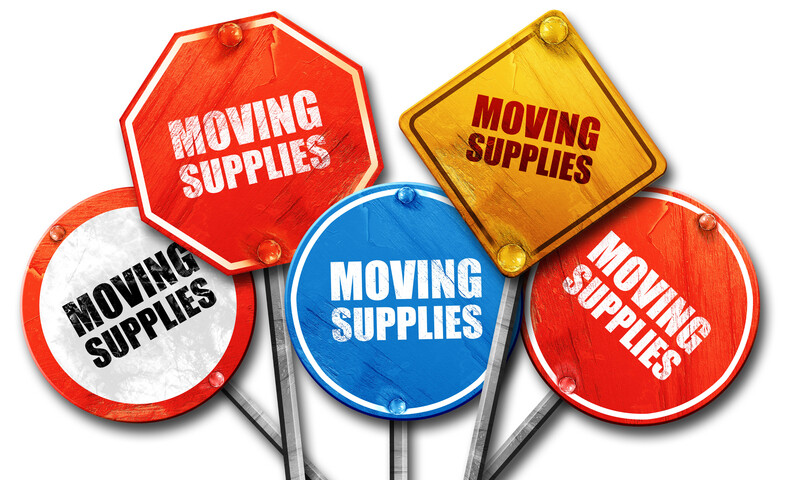On the day you move, it’s common to take advantage of daylight. But what if you don’t have much daylight? What if your schedule demands an early or late start?
Moving at night isn’t quite the same, but it’s possible. Use these tips to help you stay safe and organized from start to finish.
1. Book in Advance
If you can’t move during the day, you’ll probably need to book your move earlier. Some companies don’t offer 24/7 service. If you need it, you’ll want to have the best options.
When browsing companies, be specific about your availability for moving time. Plan to call several of them to confirm.
As you consider timing, be realistic about what you’re able to commit. The last thing that you need is a last-minute change or cancellation because the time no longer works for you.
2. Confirm the Details
Moving at night can make it more difficult to follow up with others. You’ll want to confirm all the details in advance.
Check in with the utilities at your new home to be sure they will be ready when you arrive. Confirm the start and end time with the moving company at least a day or two ahead.
There’s always the possibility that you’ll need to call someone unexpectedly. In this case, you might want to keep the companies’ overnight phone numbers on hand.
3. Buy Extra Supplies
Moving almost always calls for more supplies than you think you’ll need. The trouble with moving at night is that you can’t just rush to the store to get more.
Instead, plan ahead and buy extra supplies. Follow recommendations for the number of boxes and other packing materials you’ll need based on your home size. Avoid the temptation to skimp.
If you buy a lot of supplies to have just in case, consider shopping at a store with multiple locations and keep the receipts. You might be able to return them if you don’t use them.
4. Add Lighting
The thing you’ll need most of all is lighting. You’ll probably have lighting at your old home, but what about your new home? It’s wise to turn on the utilities beforehand, but it’s not always possible.
Consider investing in a handful of portable, battery-operated LED lighting options. These tools are lightweight, easy to position, and may provide more light than a regular flashlight.
5. Watch for Hazards
Although moving has hazards at any time of day, nighttime makes them easier to forget. If you can’t see it, you don’t know it’s there.
Perform a nighttime walk-through of the areas you will be loading and unloading. Look for tripping hazards, insufficient light on walkways, and other risks.
You can solve most of these problems by adding more light, but others might need a different approach. Make a list of the hazards and come up with possible solutions.
Moving at night offers certain conveniences, but it can also complicate things. Be sure to have a quality professional mover help you.









